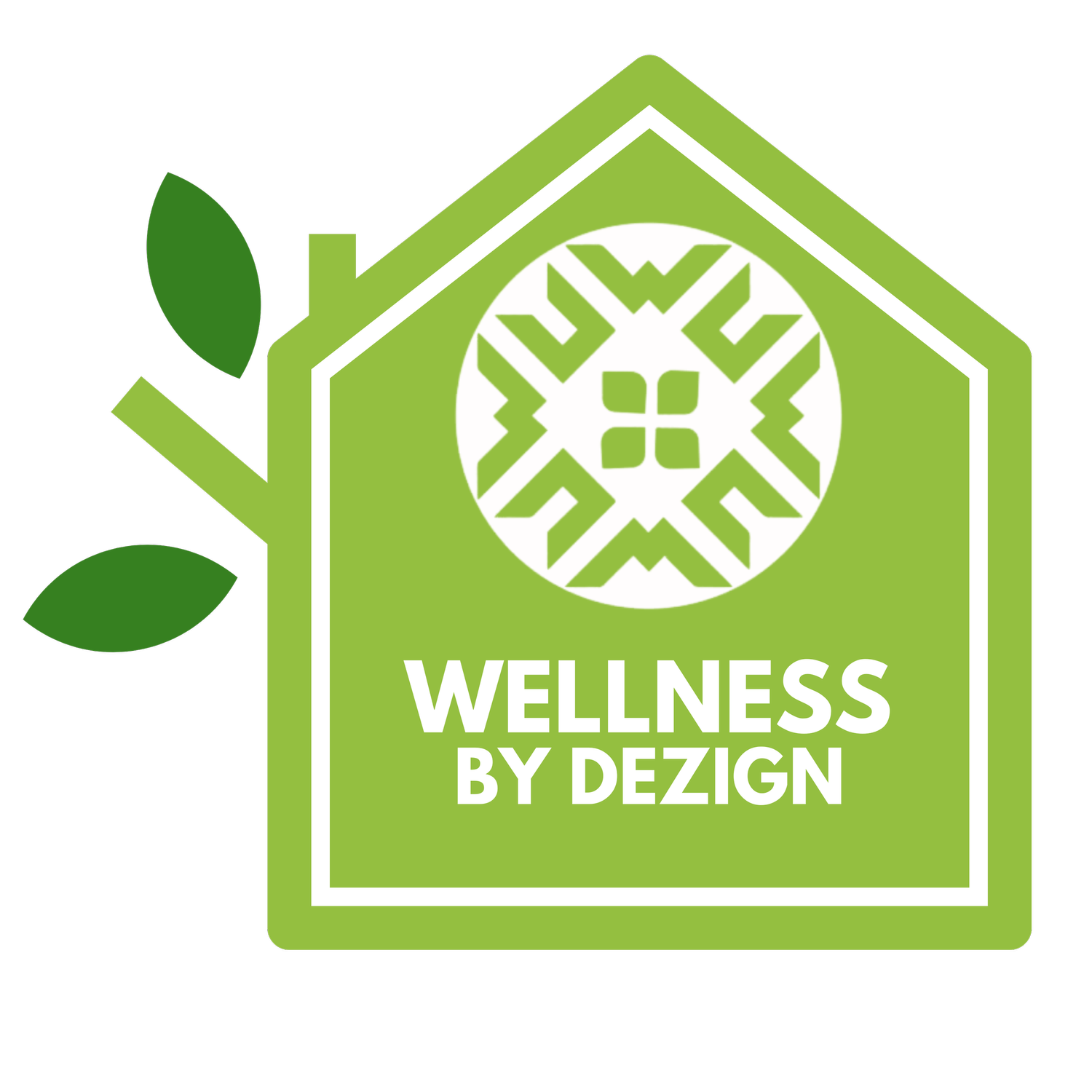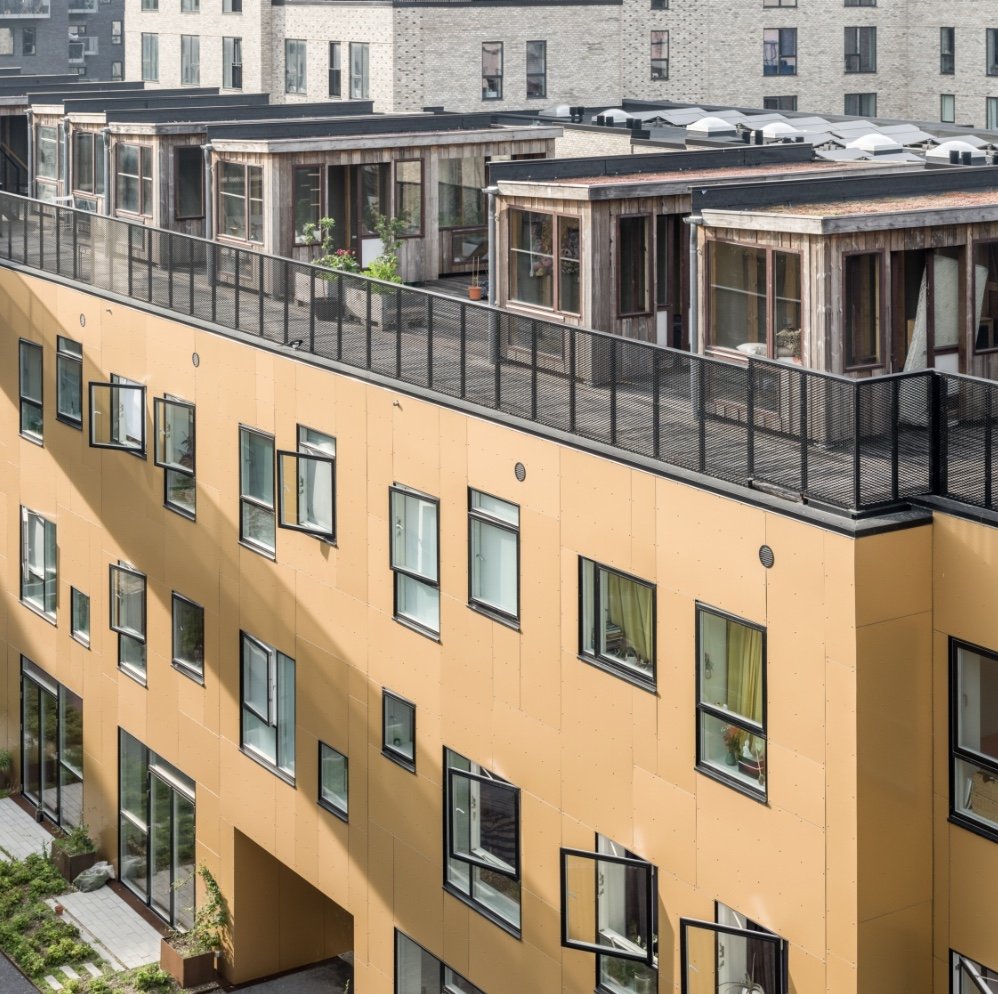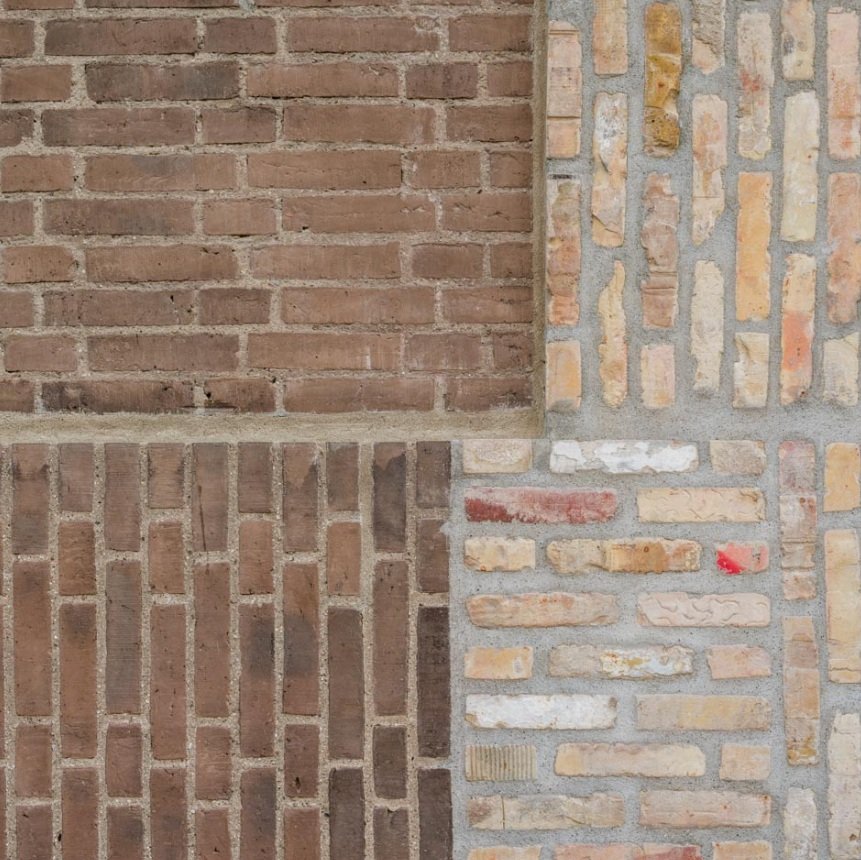Do as the Dutch
Today, our current economic system produces materials, products and buildings in a wasteful linear way. Eventually these materials and products end up in a landfill, or worse, in our oceans. In this linear system, a product is designed and produced to serve a short life span and our landfills and waterways are suffering because of our lack of vision and our American ways. In addition, our air, water, and food is being polluted with micro plastics and chemical waste (i.e. forever-chemicals) in the process.
Why not create a circular system that prevents excess waste?
If we capture waste materials through up-cycling, down-cycling, or through utilizing recycled content to prevent excess waste we create a ‘circular system’ rather than an ephemeral one. For manufacturers, this reduces costs, preserves lost materials, and addresses costly inefficiencies, as well as protecting human and environmental health for generations.
Creating a ‘circular system’ involves seeing the value in ‘waste’ and investing in each part of a material’s life cycle. This can also be done through exploring alternative materials, revamping existing infrastructure, and improving material management.
Two companies in The Netherlands are leading the way in ‘circular design’ or sustainable, green manufacturing and architecture. Their vision is about utilizing waste, or re-using waste, to create one-of-a-kind buildings that are not only beautiful but better for the planet and human health.
From trash to tile…
In Amsterdam, a small company is changing the face of buildings forever. Pretty Plastic manufactures tile from plastic. They contribute to a circular economy where waste does not exist and raw materials are used over and over again. Their construction material comes from ocean and landfill waste and is beautiful, as well as functional. Their roofing and facade cladding is made out of recycled plastic waste that look great, are safe to use, easy to apply and last forever. Their projects range from private residences to commercial buildings, and their tiles consist entirely of recycled PVC building material waste. Because only waste streams are used in the production process, every tile is slightly different, which gives facades a natural look. The tiles are fully fireproof certified (Netherlands) and can be applied on any building. By both cleaning up waste streams and producing a cladding material that can be endlessly recycled in the future, the Pretty Plastic tile truly contributes to a circular economy.
Images and information courtesy of Pretty Plastics
The Legendary LENDAGER
In Copenhagen, the legendary architecture firm Lendager designs and builds with up-cycled materials from demolished buildings. Their Circular Advising enables them to incorporate strategic and sustainable business practices into every project.
One such project is a custom-built residence - interestingly named Waste-Retreat - made with up-cycled structural beams from a demolished hospital in Copenhagen, creating a one-of-a-kind home near the coast. Images courtesy of Lendager.com
Lendager also designed and built Resource Rows - a significant and innovative residential city project located in Oerestad, Copenhagen. The project re-used bricks from abandoned structures for the facade. The project also used a recycled concrete beam for a bridge and old windows and waste-wood for the rooftop community garden huts. This process saved as much as 29% CO2 by up-cycling only 10% of all building materials. This project was nominated for the Mies van der Rohe Award in 2022.
Images and information courtesy of Lendager.com
What can you do to implement or consider “Circular Design” into your next project*
1) Sourcing & Raw Materials
What is the product made of? Does sourcing this material have a positive impact on the circular economy, such as using recycled content or biobased materials that are grown from regenerative sources?
2) Utility (Use)
Is the product designed to last? Does it extend the average use phase to avoid needing replacement with new materials?
3) End of Life
What happens to the product at the end of its use? Is it made from content that is reusable, compostable, or recyclable? Is the product designed in a way that allows its components to be dismantled and utilized for such end-of-life intentions?
4) Materials Management
Is the manufacturer actively engaged in programs aimed at improving their use of materials and overall health and environmental impacts across their entire life cycles?
* courtesy of Parson’s Healthy Materials Lab.












